Articles
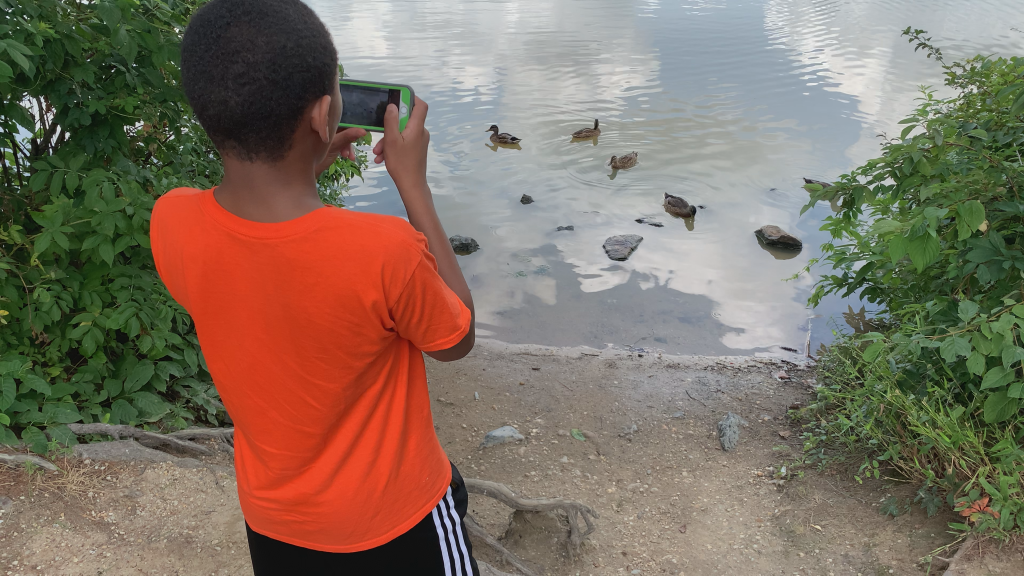
Subtleties of Life
Written by: Jeremiah Jennings
 Today, I learned about Mallard Ducks. They are the most common ducks in North America. It is easy to tell the males from the female Mallards. Most male Mallards have grayish or brownish feathers, a green colored head, and a purple breast. On the other hand, the female is only brown and white and is smaller than the male. The length of a normal Mallard is about 50-60 cm (20.5-28 in). Mallards molt in late Spring or early Summer. The males molt earlier than the females. They nest under boulders in tree holes, in the crotch of trees, or in open areas. Mallards are omnivores. They eat various seeds including corn, wheat, barley, bulrushes, wild rice, primrose, willow, seed of water olm, oak, hack berry, trees of swamps or river bottoms. They will also eat mollusks, insects, small fish, tadpoles, freshwater snails, fish eggs, and frogs. They usually feed at the surface of the water and are known as “dabbling ducks”. They do not dive all the way under the water, but just tip their heads under water to feed. During the Summer, Mallards spend much time asleep on the water banks.
Today, I learned about Mallard Ducks. They are the most common ducks in North America. It is easy to tell the males from the female Mallards. Most male Mallards have grayish or brownish feathers, a green colored head, and a purple breast. On the other hand, the female is only brown and white and is smaller than the male. The length of a normal Mallard is about 50-60 cm (20.5-28 in). Mallards molt in late Spring or early Summer. The males molt earlier than the females. They nest under boulders in tree holes, in the crotch of trees, or in open areas. Mallards are omnivores. They eat various seeds including corn, wheat, barley, bulrushes, wild rice, primrose, willow, seed of water olm, oak, hack berry, trees of swamps or river bottoms. They will also eat mollusks, insects, small fish, tadpoles, freshwater snails, fish eggs, and frogs. They usually feed at the surface of the water and are known as “dabbling ducks”. They do not dive all the way under the water, but just tip their heads under water to feed. During the Summer, Mallards spend much time asleep on the water banks.
 The Mallard only has three defenses-swimming, flying, and camouflage. It is also prey to large mammals. Mallards have no defense against humans who are their biggest enemy. Many are killed by oil spills and pesticide. Young birds fed low protein food (bread, popcorn, etc.) develop deformed wings and lose the ability to fly throughout life. Feeding contributes to population levels the park cannot support. Vehicles kill ducks on an annual basis as they cross the road. Wild geese and ducks can find their own food. Once feeding by humans is discontinued, waterfowl will revert to natural food. The Department of Parks and Recreation understands the affection that members of the community feel for the waterfowl at local parks. Their concern is for the safety and well being of park participants along with protecting the ducks and geese.
The Mallard only has three defenses-swimming, flying, and camouflage. It is also prey to large mammals. Mallards have no defense against humans who are their biggest enemy. Many are killed by oil spills and pesticide. Young birds fed low protein food (bread, popcorn, etc.) develop deformed wings and lose the ability to fly throughout life. Feeding contributes to population levels the park cannot support. Vehicles kill ducks on an annual basis as they cross the road. Wild geese and ducks can find their own food. Once feeding by humans is discontinued, waterfowl will revert to natural food. The Department of Parks and Recreation understands the affection that members of the community feel for the waterfowl at local parks. Their concern is for the safety and well being of park participants along with protecting the ducks and geese.
Source: City of Laurel Department of Parks and Recreation
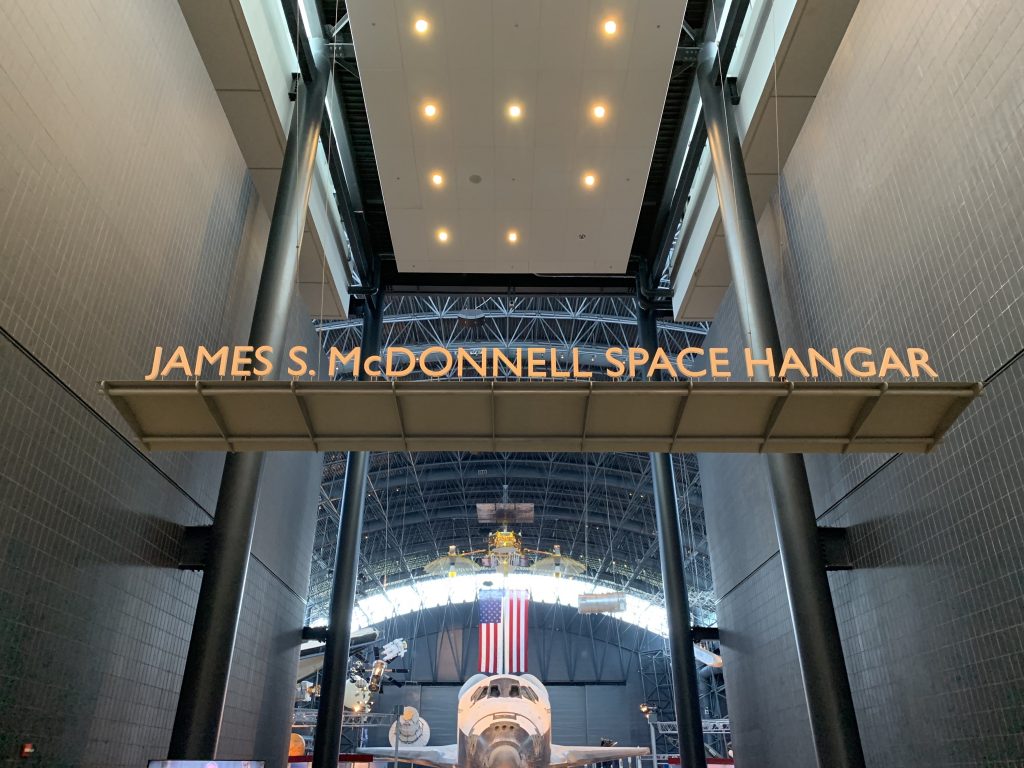
Space Science
Written by: Jeremiah Jennings
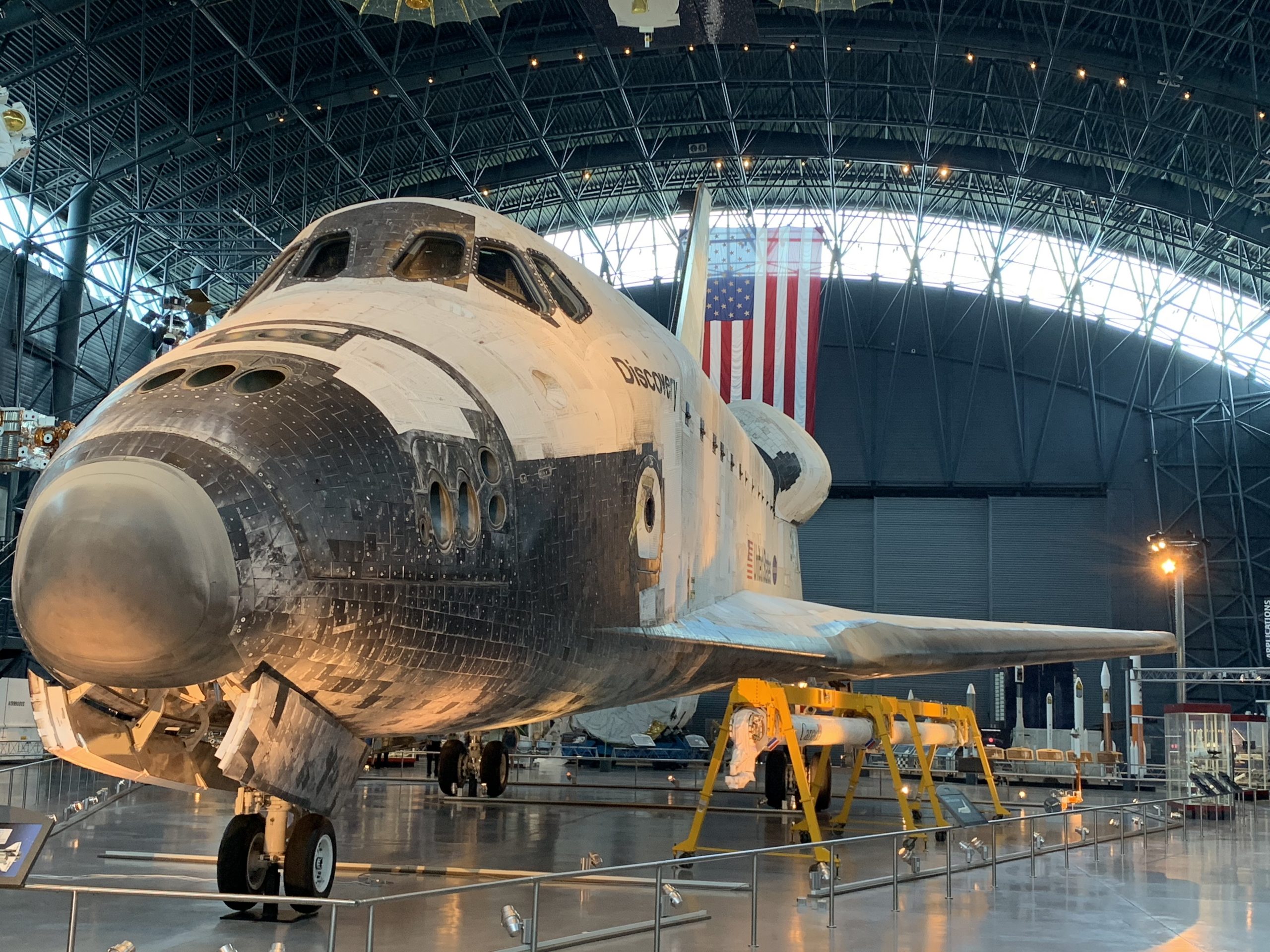 Space Shuttle Discovery: Discovery retired from spaceflight as the longest serving and most accomplished space shuttle order, the champion of the shadow fleet. It flew on 39 earth or promotions, spent a total of 365 days in space, and travel almost 24 million in kilometers (150 million miles). Discovery’s record-setting total crew of 251 consisted of 184 men and women, many who flew more than once.
Space Shuttle Discovery: Discovery retired from spaceflight as the longest serving and most accomplished space shuttle order, the champion of the shadow fleet. It flew on 39 earth or promotions, spent a total of 365 days in space, and travel almost 24 million in kilometers (150 million miles). Discovery’s record-setting total crew of 251 consisted of 184 men and women, many who flew more than once.
Because Discovery flew every kind of Mission the space shuttle is designed to fly, embodies the 30 year history of the US human space flight from 1981 to 2011. Named for a renowned sailing ships of exploration, it is preserved here is intact as possible, is it last flew in 2011 on the 133rd Space Shuttle mission.
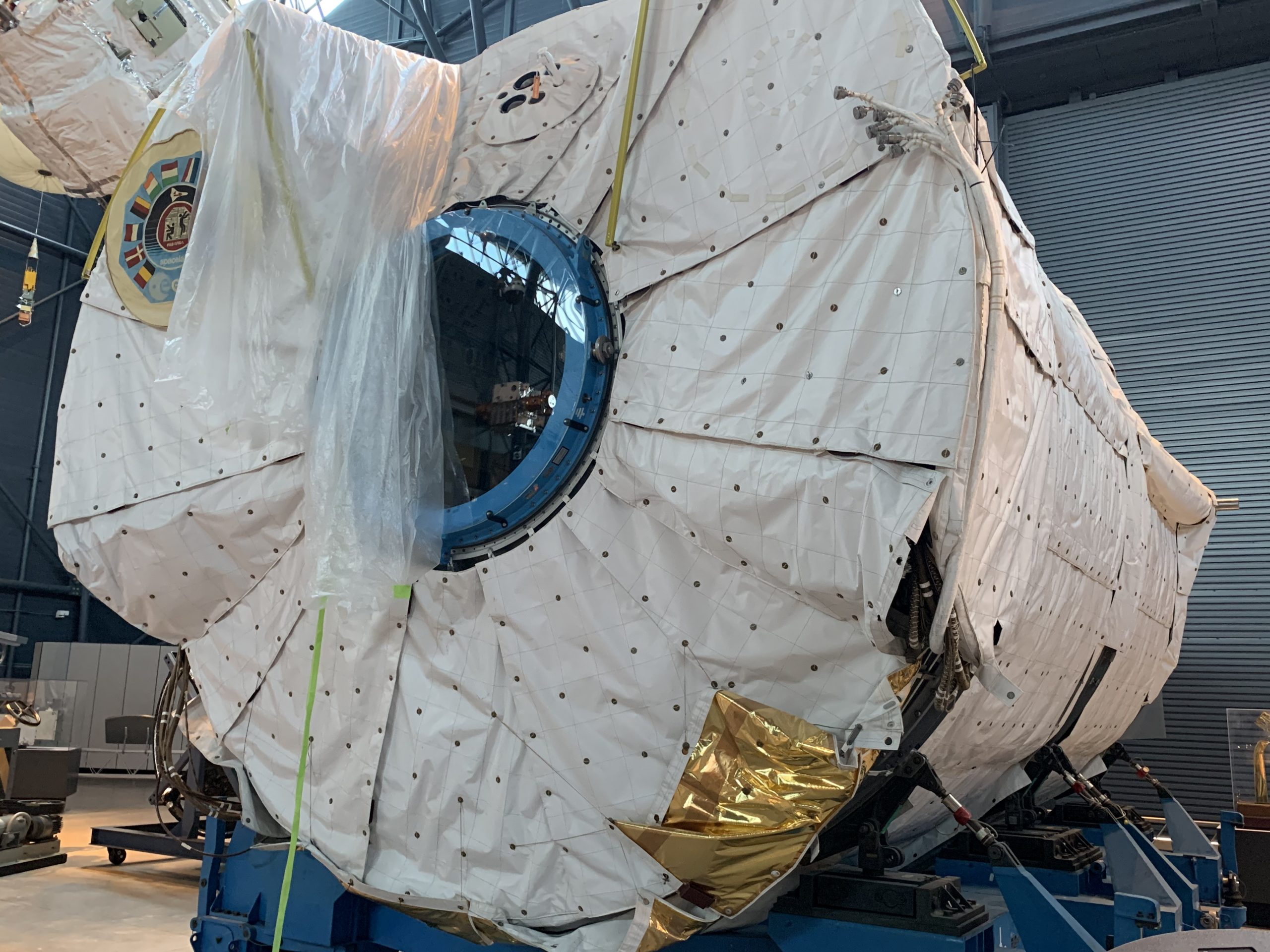 Spacelab Laboratory Module: Developed by the European Space Agency, Spacelab was a modular laboratory system installed in the payload bay of the Space Shuttle orbiter. During Spacelab missions in the 1980s and 1990s, the shuttle served as an intermittent space station for research conducted by scientist and astronauts. The laboratory module, a pressurized cylindrical room connected by a tunnel to the crew cabin, was SpaceLab’s primary element. It was outfitted with racks containing sub systems, computers, workstations, stowage lockers, and supplies, equipment, and experiments that we read from mission to mission.
Spacelab Laboratory Module: Developed by the European Space Agency, Spacelab was a modular laboratory system installed in the payload bay of the Space Shuttle orbiter. During Spacelab missions in the 1980s and 1990s, the shuttle served as an intermittent space station for research conducted by scientist and astronauts. The laboratory module, a pressurized cylindrical room connected by a tunnel to the crew cabin, was SpaceLab’s primary element. It was outfitted with racks containing sub systems, computers, workstations, stowage lockers, and supplies, equipment, and experiments that we read from mission to mission.
Two laboratory modules were flown on a total of 16 missions from 1983 through 1998. This one, module #1, was used nine times, first on the Spacelab one mission in 1983 and last on the Microgravity Science Laboratory missions in 1997.
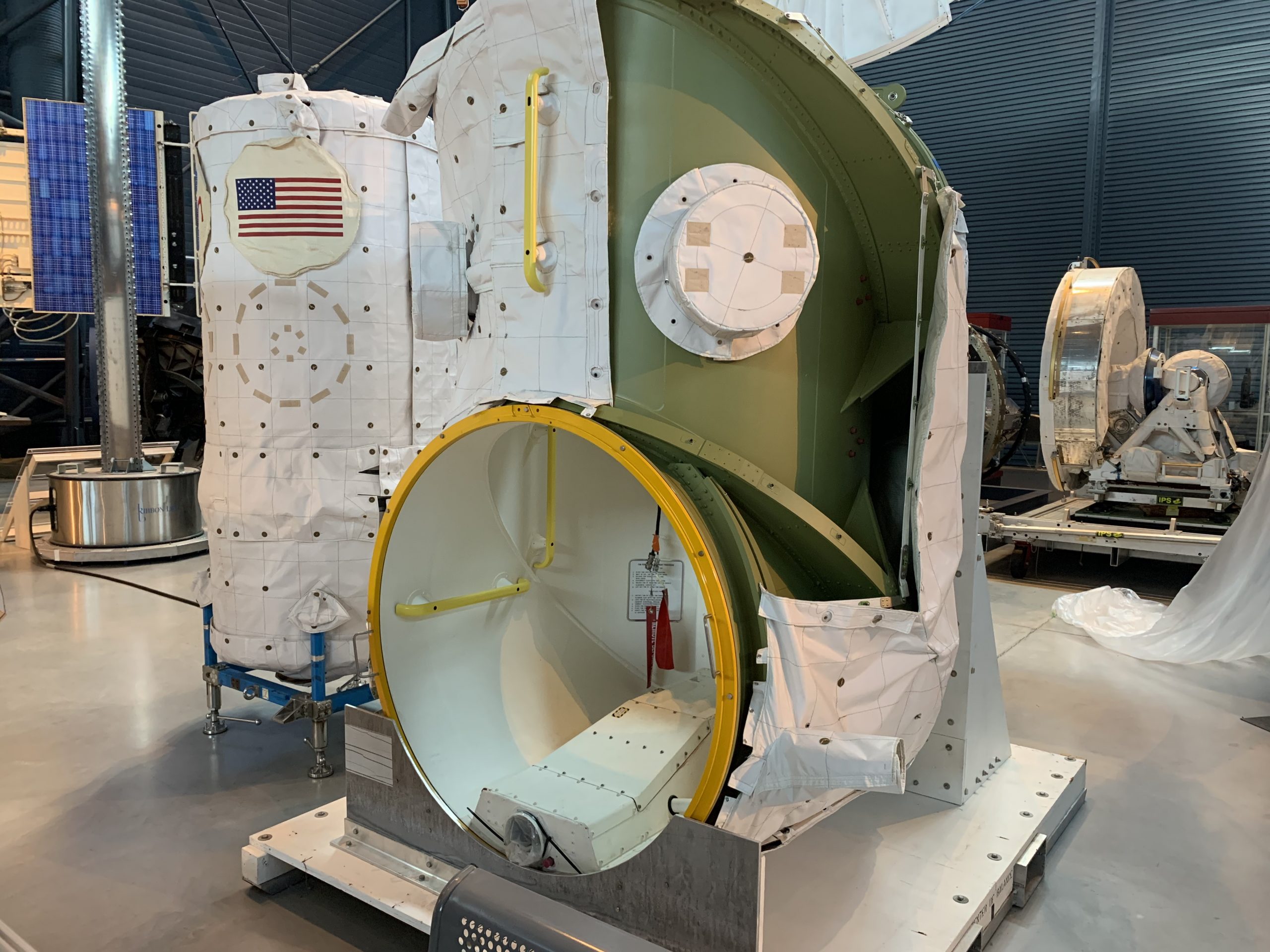 Spacelab Subsystems Igloo: Spacelab could be configured with an enclosed laboratory module, exposed platforms called pallets, or a module-pallet combination. The igloo canister was used on pallet-only missions. Mounted beside a pallet, it held subsystems that supplied power and other utilities to instruments and experiments on the pallet missions using an igloo included Spacelab 2, Astro-1, ATLAS-1, ATLAS-2, ATLAS-3, and Astro-2.
Spacelab Subsystems Igloo: Spacelab could be configured with an enclosed laboratory module, exposed platforms called pallets, or a module-pallet combination. The igloo canister was used on pallet-only missions. Mounted beside a pallet, it held subsystems that supplied power and other utilities to instruments and experiments on the pallet missions using an igloo included Spacelab 2, Astro-1, ATLAS-1, ATLAS-2, ATLAS-3, and Astro-2.
Two igloo units were manufactured by SABCA and used in space. This one has intact exterior thermal insulation, but it’s internal hardware has been removed for reviews.
Source: Steven F. Udvar-Hazy Center